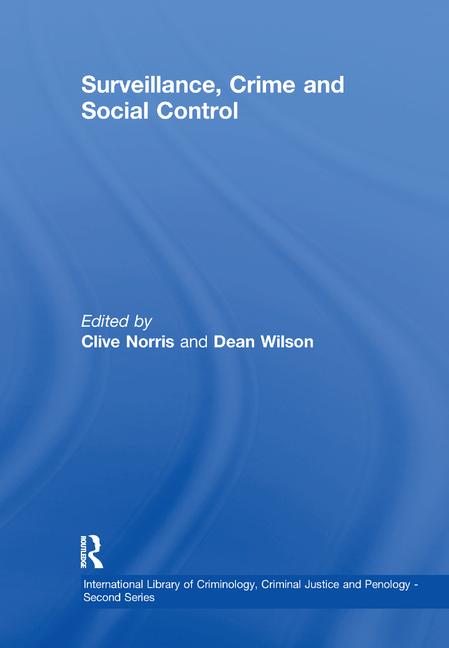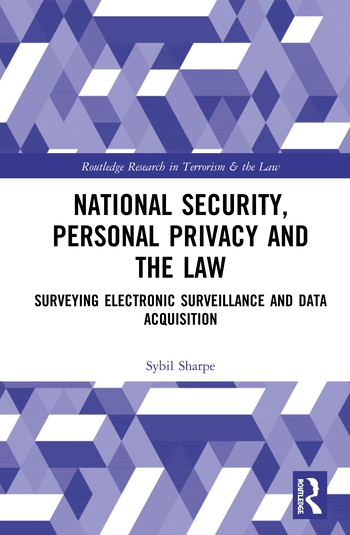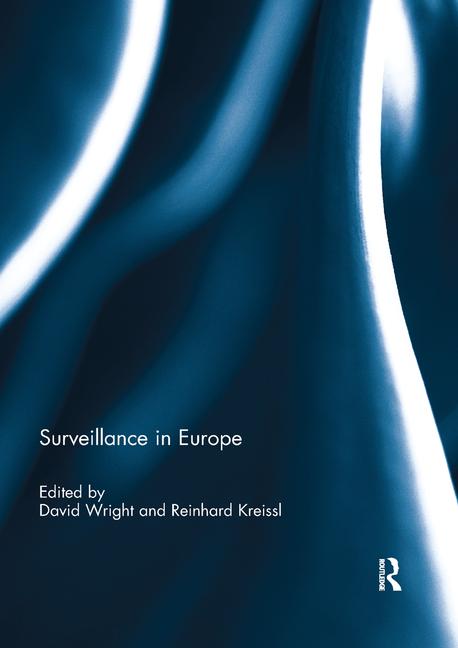How Social Media Can Enhance Your GSOC's Operations

Global Security Operation Centers, or GSOCs, are a valuable tool in supporting an enterprise’s global business goals and operations. They are responsible for keeping their people and assets safe, so they must be aware of every relevant event in real time. To achieve this, GSOCs house various security technology, such as video surveillance that processes information in the same manner as the human eye, access control solutions that identify people and their credentials/permissions for entry, and more. Yet, security enterprises often struggle to select the best approach to establishing, expanding, or reorganizing a GSOC. In addition, as the financial investment in a GSOC is significant, a Chief Security Officer (CSO) will want to get as much out of a GSOC as possible, but there are limitations to what a GSOC can and can’t do.
In the most advanced GSOCs, the must-have list of implemented security technologies now includes real-time information streams, which help corporate security teams expand their knowledge without needing more resources. Real-time data, often from publicly available sources, can provide early knowledge of incidents involving extreme weather, crime, travel advisories and more, leading to reduced operational costs, fewer incidents, and as a result, lower insurance and recovery costs.
Real-time, publicly available information can be so effective because it comes from people worldwide who are witnessing breaking events. People use social media platforms to share their experiences every minute of every day, and these posts can enhance situational awareness for enterprise security. Social media and publicly available data are crucial datasets that are easy to integrate in your GSOC’s workflow to give any corporate security team an edge during crisis situations. For example, during terror attacks at entertainment venues–such as the Manchester (UK) Arena attack in 2017–social media provided earlier notification of inciting incidents than traditional media sources, including real-time updates as those chaotic events unfolded.
With more than 500 million Tweets per day from all over the world and multiple social platforms in use by organizations at any given time, enterprise corporate security teams must monitor numerous, concurrent streams of data to assess threats and protect their organizations during some of the worst imaginable scenarios, such as mass attacks. A recent U.S. Secret Service report found that nearly half of all mass attacks in the United States in 2017 were carried out at businesses. The report also indicated that almost 80 percent of U.S. mass attacks in 2017 involved threatening or suspicious communications that raised concerns from others pre-attack (report here: https://www.secretservice.gov/data/press/releases/2018/18-MAR/USSS_NTAC-Mass_Attacks_in_Public_Spaces-2017.pdf) . Not all of these threats involved social media, but there is real potential to strengthen defenses against unanticipated threats by tapping into complementary information channels. Detecting a threat early can make the difference between preventing an incident and reacting to it.
Many enterprise security decision-makers have become increasingly comfortable with emerging sources of information due to the benefits they deliver. That is because such tools can provide a meaningful head start in making decisions and taking action as incidents occur, often delivering rich media content (images, video, and audio) that adds greater context to events on the ground.
GSOCs will continue to evolve in terms of their physical and technology set-up, their staffing, and the ways in which they can help an enterprise to prioritize and mitigate risks. An enterprise’s day-to-day operations as well as its strategic course can be greatly enhanced when a robust and advanced GSOC is in place.
Looking for a reprint of this article?
From high-res PDFs to custom plaques, order your copy today!









